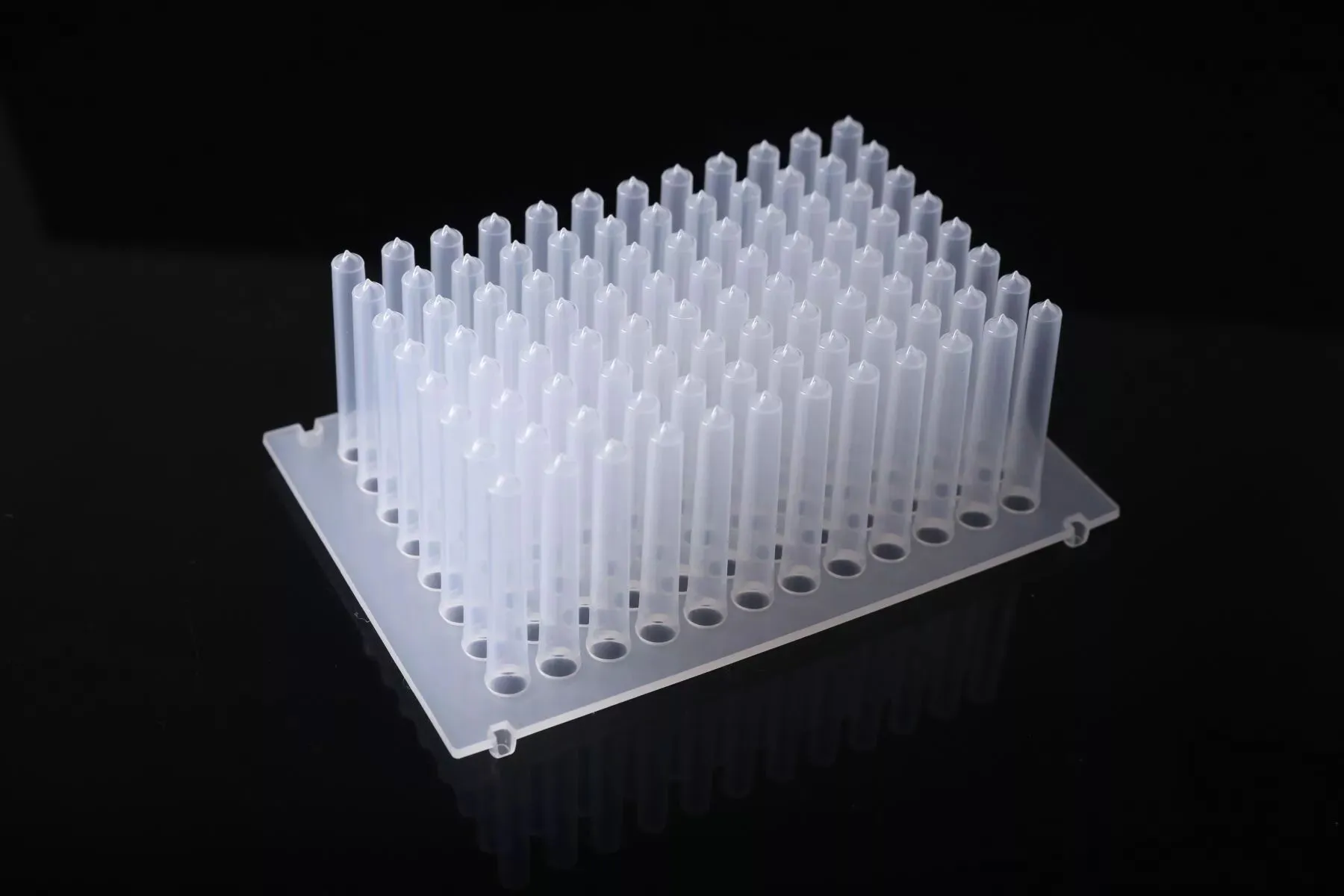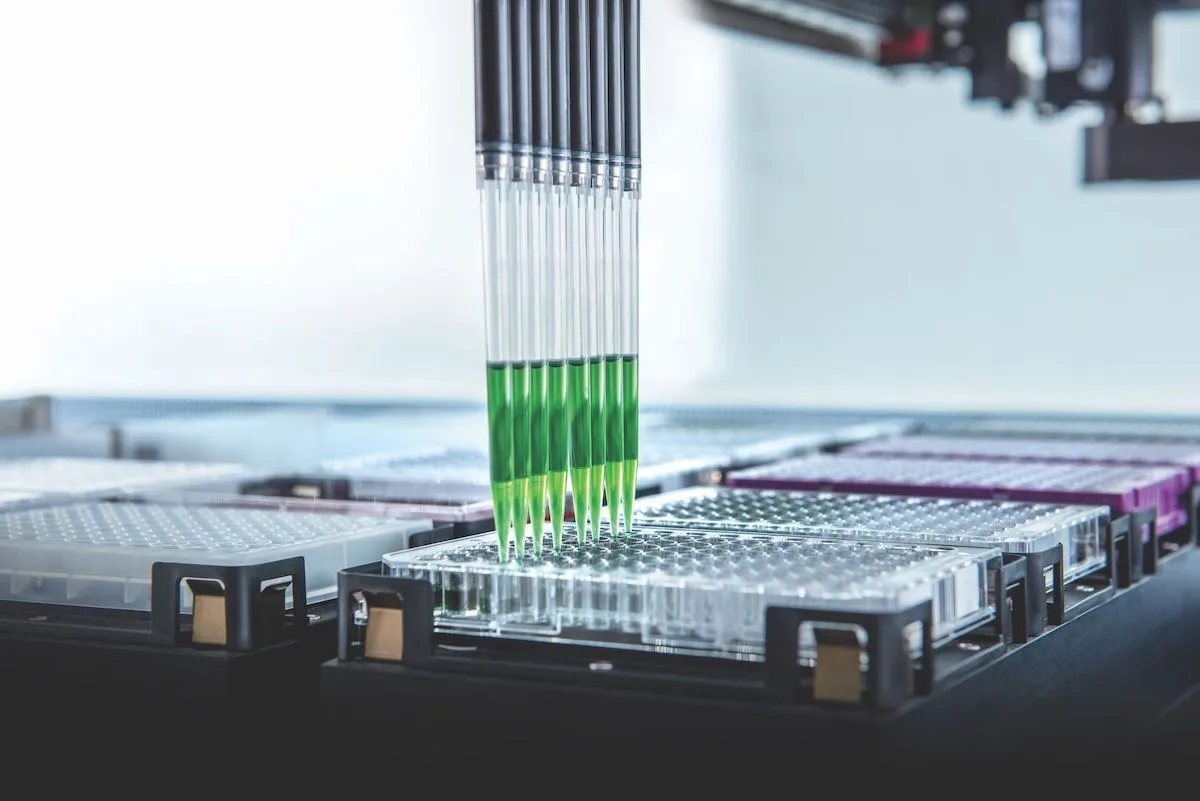How to Deal with Fogging of Medical Goggles?
May 24, 2022
There are two different ways to prevent fogging of medical goggles, which are as follows:
1. Choosing the right goggles
At present, medical goggles are mainly divided into two types, that is, plane mirrors and concave mirrors. In the fight against COVID-19, wearing goggles is mainly to prevent blood, sputum and droplets from splashing on the face, and to protect the skin and eyes of the face. Therefore, when choosing goggles, you should choose the goggles with appropriate sizes according to whether or not you wear optical glasses. Medical staff wearing optical glasses should choose wide-frame plane goggles, so that the goggles completely cover the optical glasses; those who do not wear optical glasses healthcare workers can opt for concave goggles. When wearing goggles, the upper edge of the goggles should be close to the protective clothing, and the lower edge should be close to the bridge of the nose to prevent the lens from fogging due to the entry of external cold air.
2. Choosing the right anti-fogging agent
Lodophor has a broad-spectrum bactericidal effect. It oxidizes in the air, which turns ionic iodine into molecular iodine, forming a protective film and having an anti-fog effect. It is often used as an anti-fogging agent for nasopharyngoscopy and laparoscopy in clinical practice. However, repeated use of iodophor for anti-fog can make the rubber of the goggle frame deform and deteriorate the airtightness. Hand sanitizer and other products contain surface active substances, which can reduce the surface tension of small water droplets and make it difficult for the fog to form. They also have a certain anti-fog function, but there is no relevant data to prove how effective and how long the effect is. A medical anti-fogging agent can play the role of permanent anti-fogging. It uses carbon-based biomaterials to form a dense, highly absorbent, ultra-thin, and ultra-transparent biological coating on the surface of the lens. The mist droplets are chelated inside the coating to form a continuous ultra-transparent chelating coating, so that the mist droplets can be converted into a transparent microglass layer to achieve the purpose of anti-fog. There is no anti-fog performance test standard for medical goggles in China at present. You can check the anti-fog grade comparison table of military goggles (Table 1).
Table 1 A comparison table of Anti-fogging levels
1. Choosing the right goggles
At present, medical goggles are mainly divided into two types, that is, plane mirrors and concave mirrors. In the fight against COVID-19, wearing goggles is mainly to prevent blood, sputum and droplets from splashing on the face, and to protect the skin and eyes of the face. Therefore, when choosing goggles, you should choose the goggles with appropriate sizes according to whether or not you wear optical glasses. Medical staff wearing optical glasses should choose wide-frame plane goggles, so that the goggles completely cover the optical glasses; those who do not wear optical glasses healthcare workers can opt for concave goggles. When wearing goggles, the upper edge of the goggles should be close to the protective clothing, and the lower edge should be close to the bridge of the nose to prevent the lens from fogging due to the entry of external cold air.
2. Choosing the right anti-fogging agent
Lodophor has a broad-spectrum bactericidal effect. It oxidizes in the air, which turns ionic iodine into molecular iodine, forming a protective film and having an anti-fog effect. It is often used as an anti-fogging agent for nasopharyngoscopy and laparoscopy in clinical practice. However, repeated use of iodophor for anti-fog can make the rubber of the goggle frame deform and deteriorate the airtightness. Hand sanitizer and other products contain surface active substances, which can reduce the surface tension of small water droplets and make it difficult for the fog to form. They also have a certain anti-fog function, but there is no relevant data to prove how effective and how long the effect is. A medical anti-fogging agent can play the role of permanent anti-fogging. It uses carbon-based biomaterials to form a dense, highly absorbent, ultra-thin, and ultra-transparent biological coating on the surface of the lens. The mist droplets are chelated inside the coating to form a continuous ultra-transparent chelating coating, so that the mist droplets can be converted into a transparent microglass layer to achieve the purpose of anti-fog. There is no anti-fog performance test standard for medical goggles in China at present. You can check the anti-fog grade comparison table of military goggles (Table 1).
Table 1 A comparison table of Anti-fogging levels
| Grades | Judgment basis |
| 1 | It is completely transparent. There are no water droplets and the clarity of the visual chart is the same as before the test. |
| 2 | It has good transparency, with a small amount of uneven big water droplets, and the same clarity of the visual chart over 50% of the area as before the test. |
| 3 | It is transparent; there are many water droplets and the font of the eye chart is deformed. |
| 4 | It is transparent; there are many small water droplets and a small amount of visual chart under 0.1 can be seen. |
| 5 | It is completely opaque and unable to see the eye chart. |
3. Summary
With the continuous improvement of protection awareness, a consensus has been formed on eye protection for medical staff. Therefore, developing goggles with excellent performance, uniform configuration, simple use and permanent anti-fog will greatly promote the development of domestic medical goggles. At the same time, improve the vision and efficiency of medical staff in the battle against the epidemic.
Previous: Influencing Factors of Fogging of Medical Goggles
Next: Quantitative Pipette Tip Cleaners


